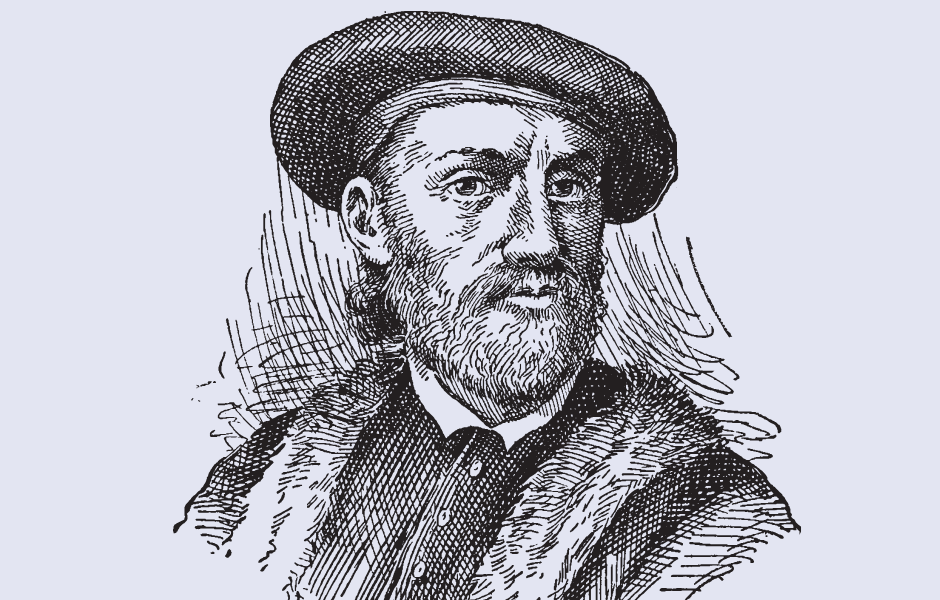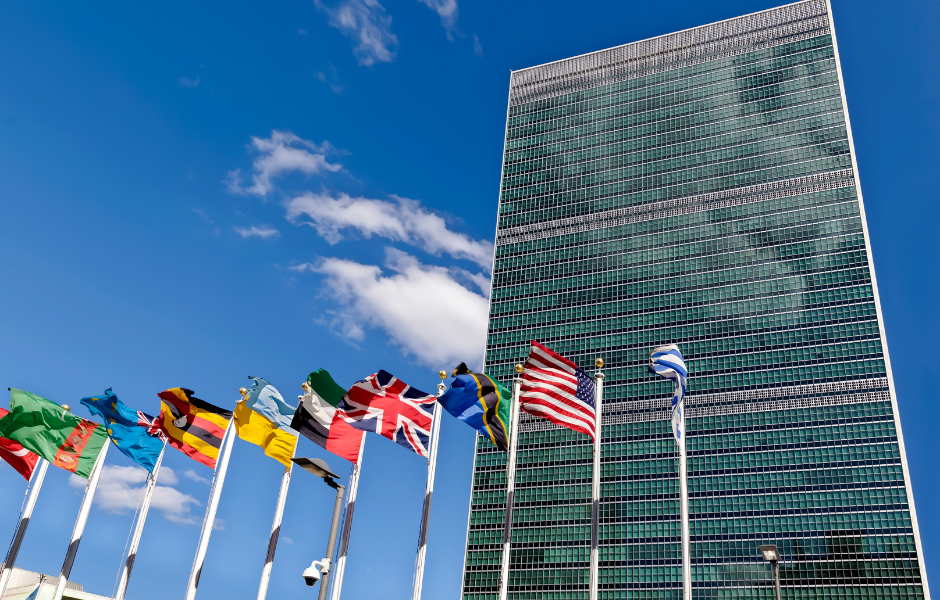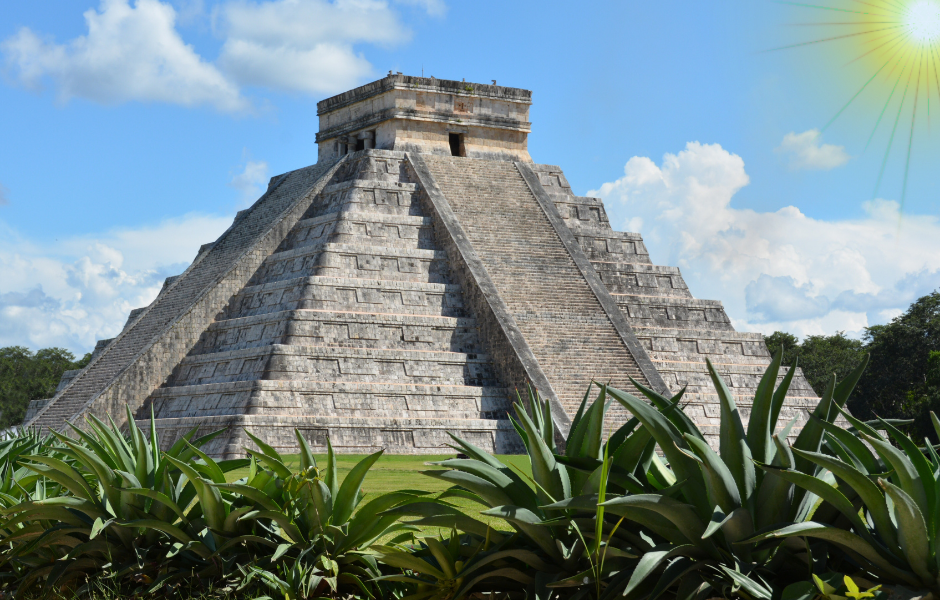
This children’s article, “Chichén Itzá: A wonder from the ancient world,” has been written for native English speakers and learners of English as a second or foreign language. It can help children build vocabulary, learn about ancient civilisations, and explore the world. Written by Mark Pulley, a teacher and writer who creates fun and informative news articles for English learners.
A city built by the Maya
Deep in the jungles of Mexico stands one of the most famous ancient cities in the world: Chichén Itzá. It was built over 1,000 years ago by the Maya, a powerful civilisation that once ruled large parts of Central America.
The Maya were brilliant builders, scientists, and mathematicians. Chichén Itzá was one of their greatest cities. At its heart stands a huge stone pyramid called El Castillo (The Castle). This amazing building has four staircases with 91 steps each, plus one step at the top. That’s 365 steps in total, one step for every day in a year!
El Castillo wasn’t just beautiful; it was designed to line up with the sun and stars. On the spring and autumn equinoxes, a shadow appears on the side of the pyramid that looks like a snake slithering down the steps!
Lost and found again
After the year 1200, Chichén Itzá slowly lost its power, and people stopped living there. Then for hundreds of years, the jungle grew around the old stone buildings and temples.
In the 1800s, explorers from other countries began to search for ancient Maya cities. In 1841, American explorer John L. Stephens found Chichén Itzá. He was amazed to find huge stone temples, carvings, and even a giant ball court where the Maya played a special game.
Since then, archaeologists have worked hard to study and protect the site. They’ve discovered all kinds of things, including sacred wells, statues, and old tools used by the Maya
A world wonder
In 2007, Chichén Itzá was named one of the New Seven Wonders of the World, along with places like the Great Wall of China and the Colosseum in Rome. Today, it is one of the most popular tourist spots in Mexico.
Millions of people travel to see Chichén Itzá each year. It’s located on the Yucatán Peninsula, and most visitors arrive by bus or car from nearby cities like Cancún. Guides help visitors understand the history of the Maya and the meaning behind the carvings and buildings.
Even though the site is over a thousand years old, it continues to inspire people with its clever design, mysterious past, and incredible beauty.
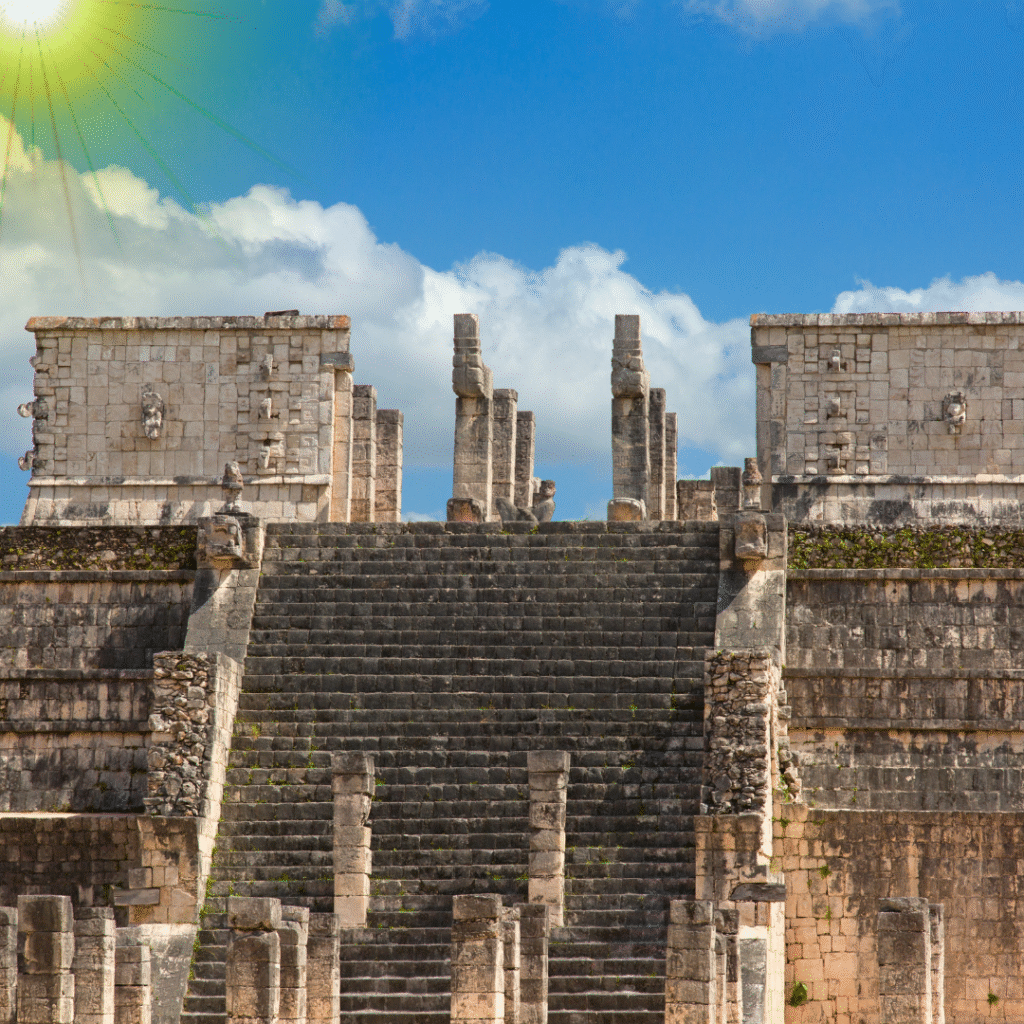
Article vocabulary list
- Civilisation – a group of people with their own cities, writing, and culture
- Pyramid – a building with a square base and four triangular sides that meet at a point
- Equinox – a day when daytime and nighttime are the same length
- Archaeologist – a person who studies old places and objects to learn about the past
- Sacred – something that is special or holy
- Statue – a carved or built figure that looks like a person or animal
- Carving – a design cut into stone, wood, or another material
- Tourist – a person who travels to visit a place
- Inspire – to make someone feel amazed or full of ideas
Comprehension questions
Just click the plus (+) to see the answer
1. Who built Chichén Itzá?
A) The Romans
B) The Maya
C) The Aztecs
Answer: B) The Maya
2. What is the name of the pyramid at the centre of Chichén Itzá?
A) El Castillo
B) El Mercado
C) El Templo
Answer: A) El Castillo
3. How many steps does the pyramid have in total?
A) 365
B) 91
C) 100
Answer: A) 365
4. What happened to Chichén Itzá after the year 1200?
A) It became a zoo
B) People stopped living there
C) It turned into a city
Answer: B) People stopped living there
5. What kind of people study ancient places like Chichén Itzá?
A) Historians
B) Scientists
C) Archaeologists
Answer: C) Archaeologists
6. Which of these is true about Chichén Itzá today?
A) No one can visit it
B) It’s one of the New Seven Wonders of the World
C) It was built last year
Answer: B) It’s one of the New Seven Wonders of the World
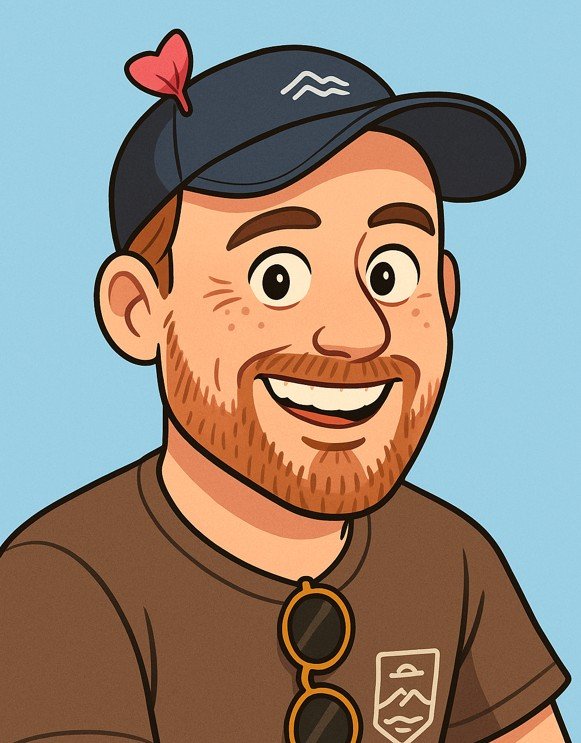
Mark is a writer and EFL teacher from England with eight years’ experience. He’s passionate about travel, sport (especially football), animals, nature, and history, and enjoys helping children explore the world through language and learning.

